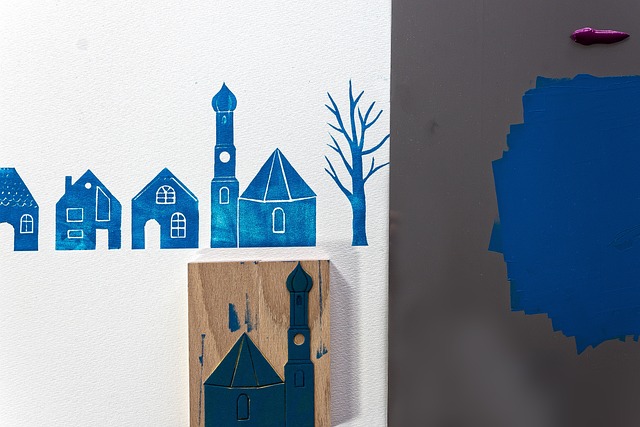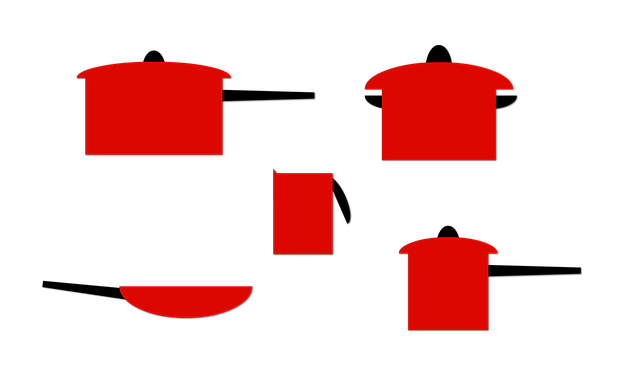Low water pressure can be easily addressed by identifying and fixing common issues like clogged aerators, outdated pipes, or faulty regulators. Quick fixes include cleaning filters, replacing old pipes, and repairing a malfunctioning pressure regulator. For leaks and damaged pipes, inspect visible sections, repair or replace them promptly. Upgrading old fixtures with high-flow valves and clearing pipe obstructions also help. Regular maintenance checks are crucial to identify and replace worn-out plumbing components, ensuring optimal water pressure in your home.
Struggling with low water pressure? Don’t despair! This guide will help you identify and fix the problem effectively. We explore common causes such as leaks, old plumbing, clogged pipes, and insufficient water supply. Learn simple diagnosis techniques using tools like leak detection kits and pressure gauges. Discover powerful solutions to boost pressure, from repairing fixtures and replacing pipes to installing a water pressure booster pump. Take control and enjoy robust, reliable water pressure once again!
- Identify the Causes of Low Water Pressure
- – Leaks and faulty pipes
- – Old or corroded plumbing fixtures
Identify the Causes of Low Water Pressure

Low water pressure can be frustrating, making everyday tasks like showering or doing the dishes a less-than-enjoyable experience. But don’t worry, there are several common causes and easy solutions to help you get that much-needed boost in pressure.
The first step in how to increase water pressure is understanding its origins. It could be as simple as a clogged aerator or faucet filter that needs cleaning. Sometimes, the issue lies with low water flow from an older pipe system or a faulty pressure regulator. Other potential culprits include leaks within the pipes or a failing water pump. Identifying the specific problem area will help you determine the most effective way to fix it and restore satisfying water pressure throughout your home.
– Leaks and faulty pipes

Low water pressure can be a frustrating issue, but it’s often a quick fix. One of the most common causes is leaks and faulty pipes in your home’s plumbing system. These problems can significantly reduce water pressure by creating restrictions or losses within the system. Start by inspecting visible pipes for any signs of damage, corrosion, or leaks. Even small cracks or corroded joints can lead to substantial water loss. If you find a leak, repair or replace the affected pipe as soon as possible.
To increase water pressure, consider checking and replacing old or damaged faucets and showerheads. Modern fixtures are designed with water-saving features that can restrict flow. Upgrading to high-flow or low-pressure balance valves can help maintain stronger water pressure throughout your home. Additionally, clearing obstructions in pipes, such as mineral deposits or debris buildup, can allow water to flow more freely, thereby boosting overall pressure.
– Old or corroded plumbing fixtures

Low water pressure can often be attributed to old or corroded plumbing fixtures, which can restrict the flow of water in your home. Over time, pipes and fittings may become damaged due to corrosion, mineral buildup, or simple wear and tear. These issues can cause blockages or narrowing within the plumbing system, leading to a decrease in water pressure.
When you suspect that old or corroded fixtures are the culprit, it’s essential to identify and replace these components as part of your effort to increase water pressure. Regular maintenance checks and prompt replacement of worn-out parts can significantly improve the overall efficiency of your plumbing system.
Low water pressure can be a frustrating issue, but with some simple troubleshooting, you can often fix it. By identifying and addressing leaks, faulty pipes, or outdated plumbing fixtures, you can significantly improve your home’s water pressure. Remember, regular maintenance is key to preventing future problems, so keep an eye on these potential causes and take action promptly to maintain a steady and strong water flow.
